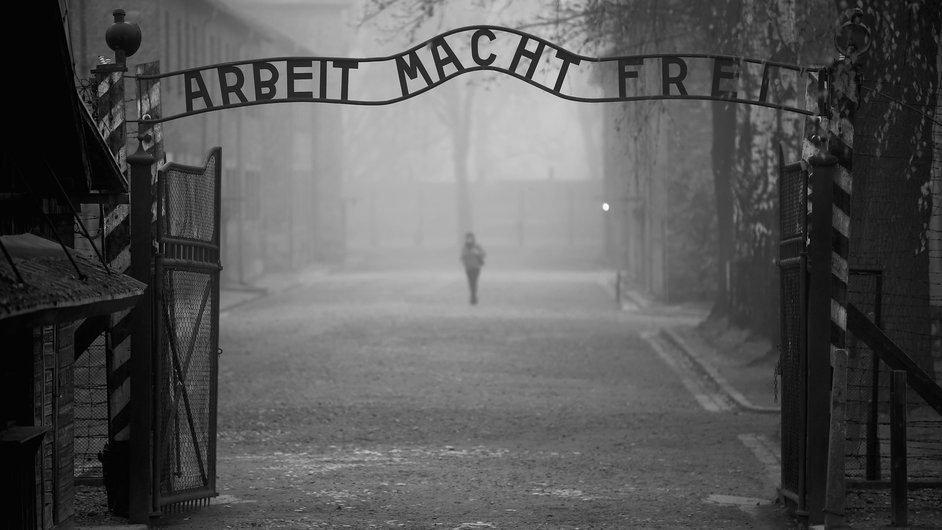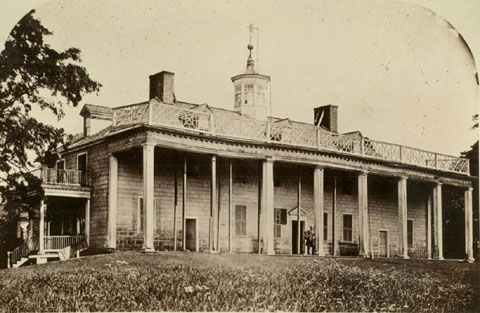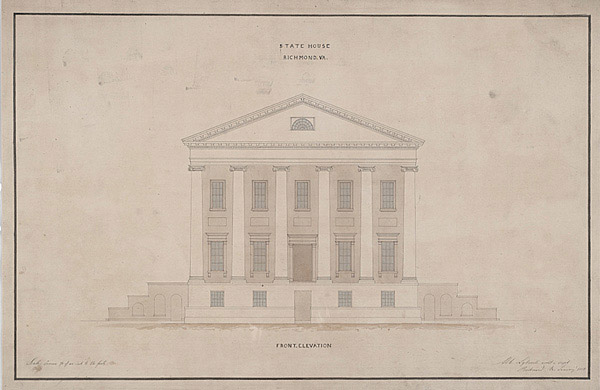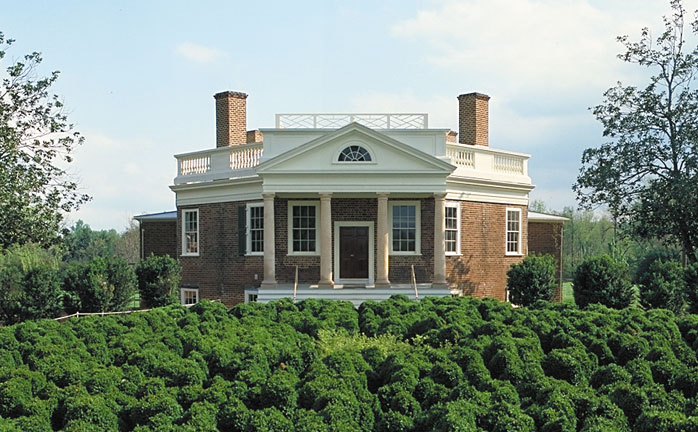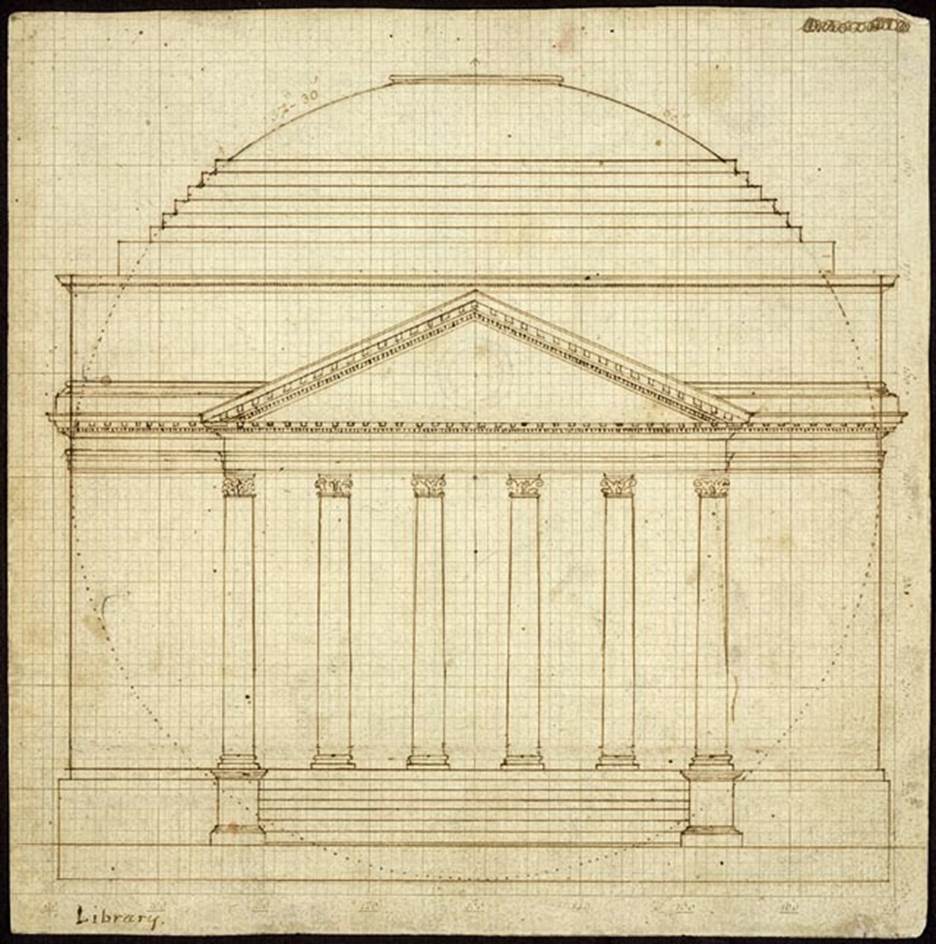A stately setting

January 2024
A stately setting
by Myron Magnet
On America’s Collection: The Art & Architecture of the Diplomatic Reception Rooms at the U.S. Department of State by Virginia B. Hart.
Don’t mistake the sumptuously produced, lavishly illustrated America’s Collection: The Art & Architecture of the Diplomatic Reception Rooms at the U.S. Department of State for just one more coffee-table bagatelle.1 It’s an important reminder that architecture is as much about the interior as the exterior of buildings, that its role is to adorn and enhance the activity it houses as well as to present a gracious face to the public world. Chief among the landmarks of architectural history, after all, are Michelangelo’s muscular staircase hall in the Laurentian Library, for instance, or Robert Adam’s neoclassical rooms built into the Elizabethan Syon House, or the interiors of the great cathedrals in Christendom. Like those additions to the Laurentian and Syon, the forty-two splendid, classical State Department rooms are built within an earlier building, a bland, modern behemoth, to which these rooms stand as a corrective, even a mild reproach. We can and should build like this, these interiors seem to whisper.
Just such an impulse brought the rooms into being, as several of this book’s dozen engaging essays, under the direction of the State Department curator Virginia B. Hart, recount. When the Truman Building, the State Department’s limestone-clad headquarters, opened in 1961 in Washington’s Foggy Bottom district, Secretary of State Christian Herter’s wife, Mary, toured her husband’s new domain with dismay. Decorated in late-1950s motel style, writes the contributor Carolyn Vaughan, it had the charm and dignity of an airport—and the Queen of Greece was just about to arrive for a dinner there. Couldn’t something be done? Continue reading






